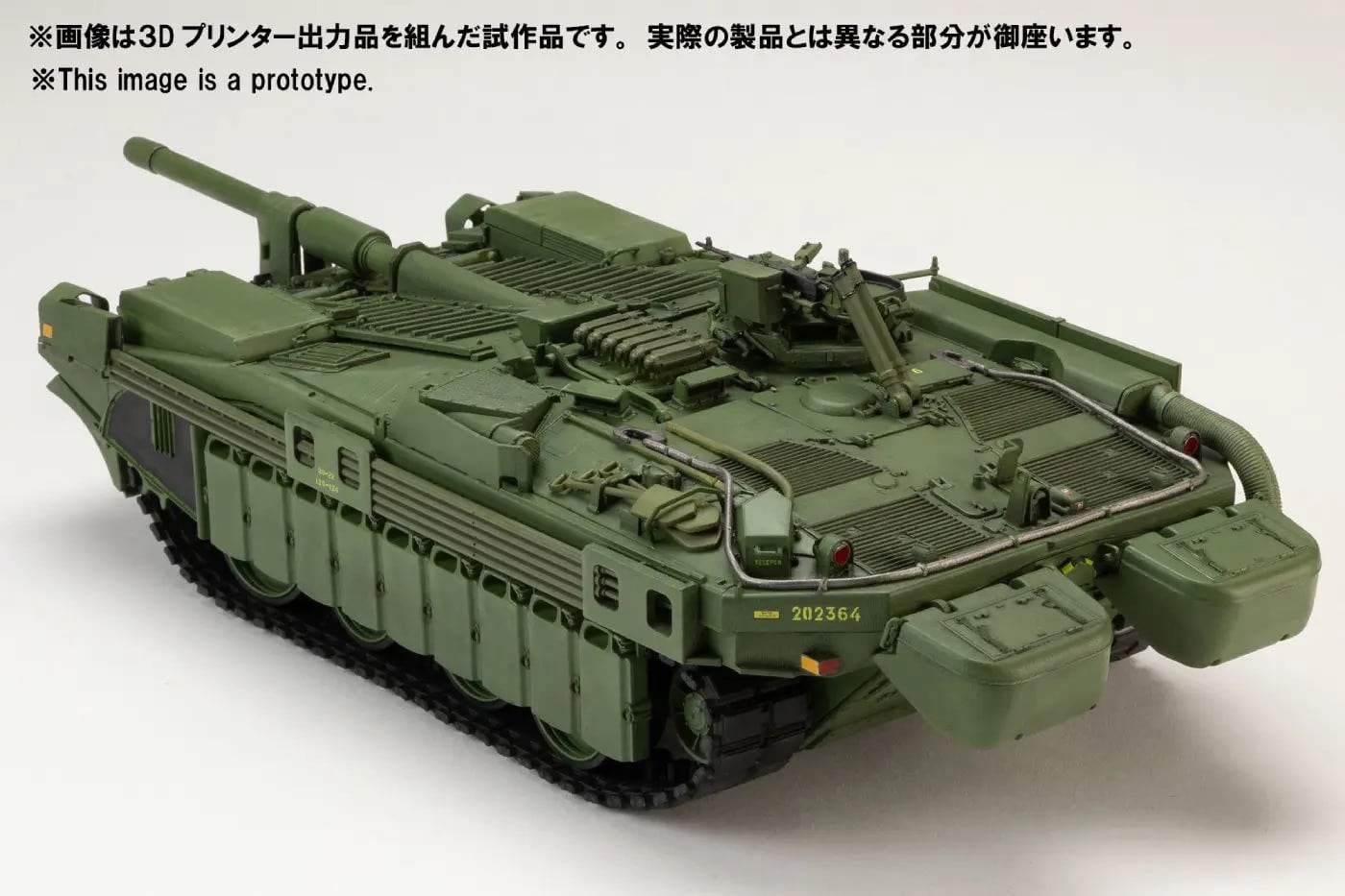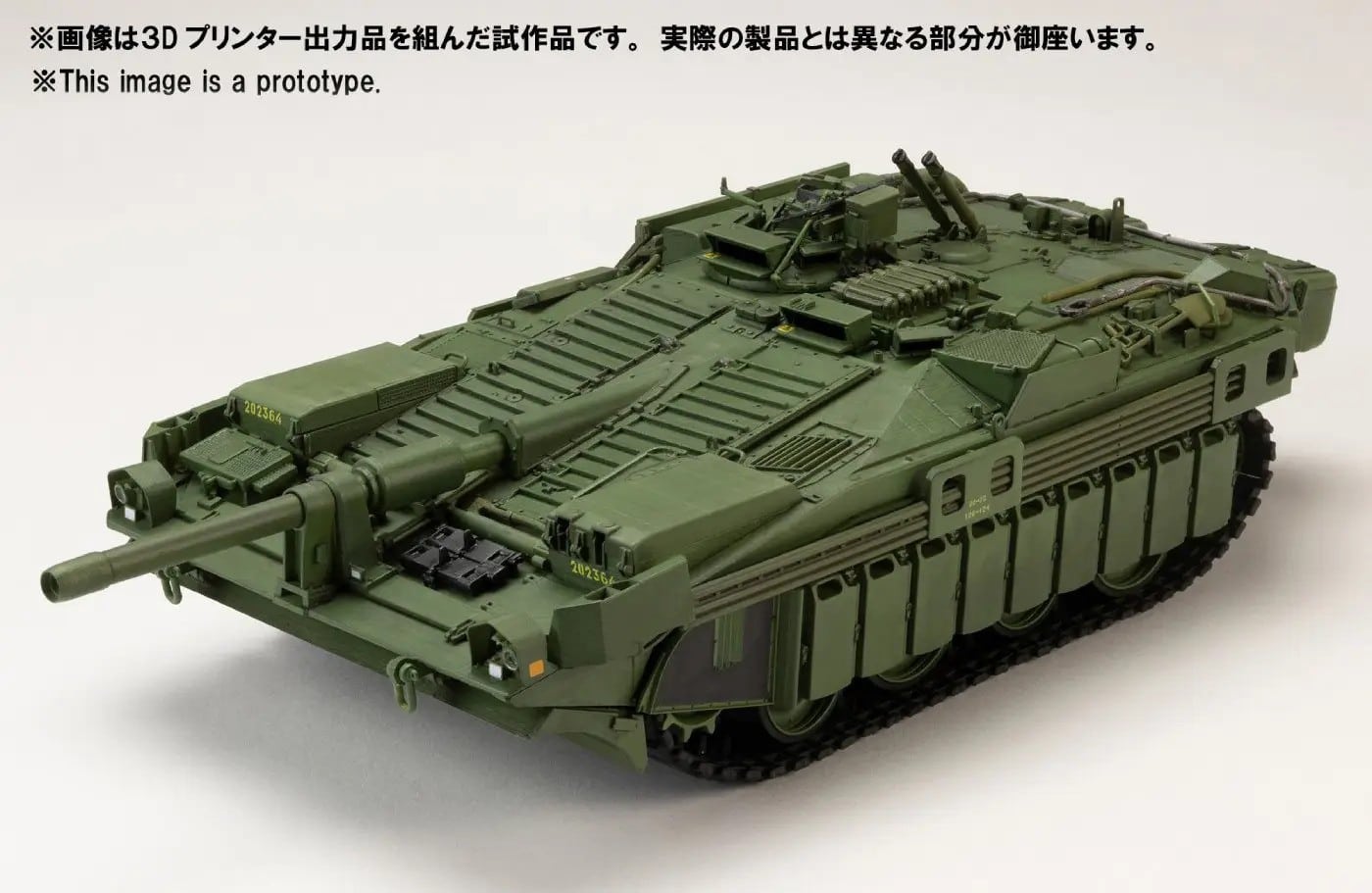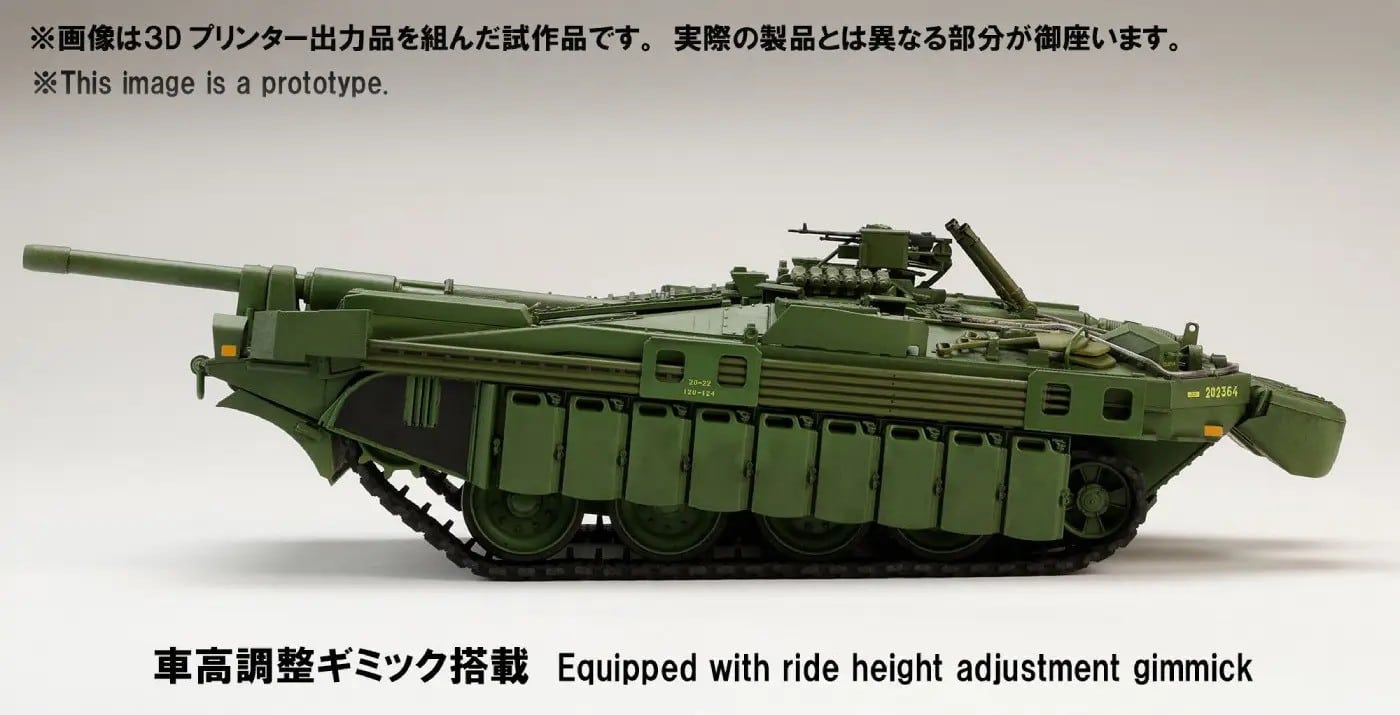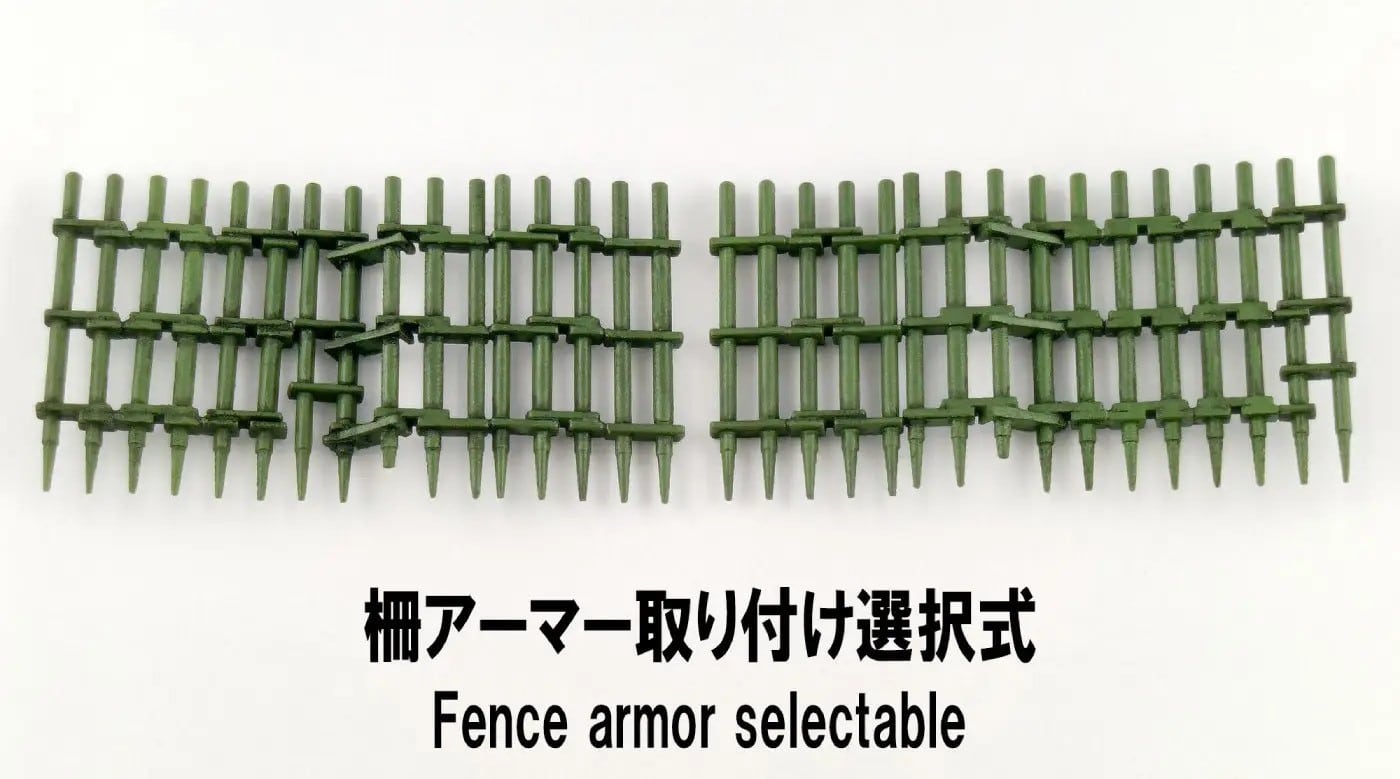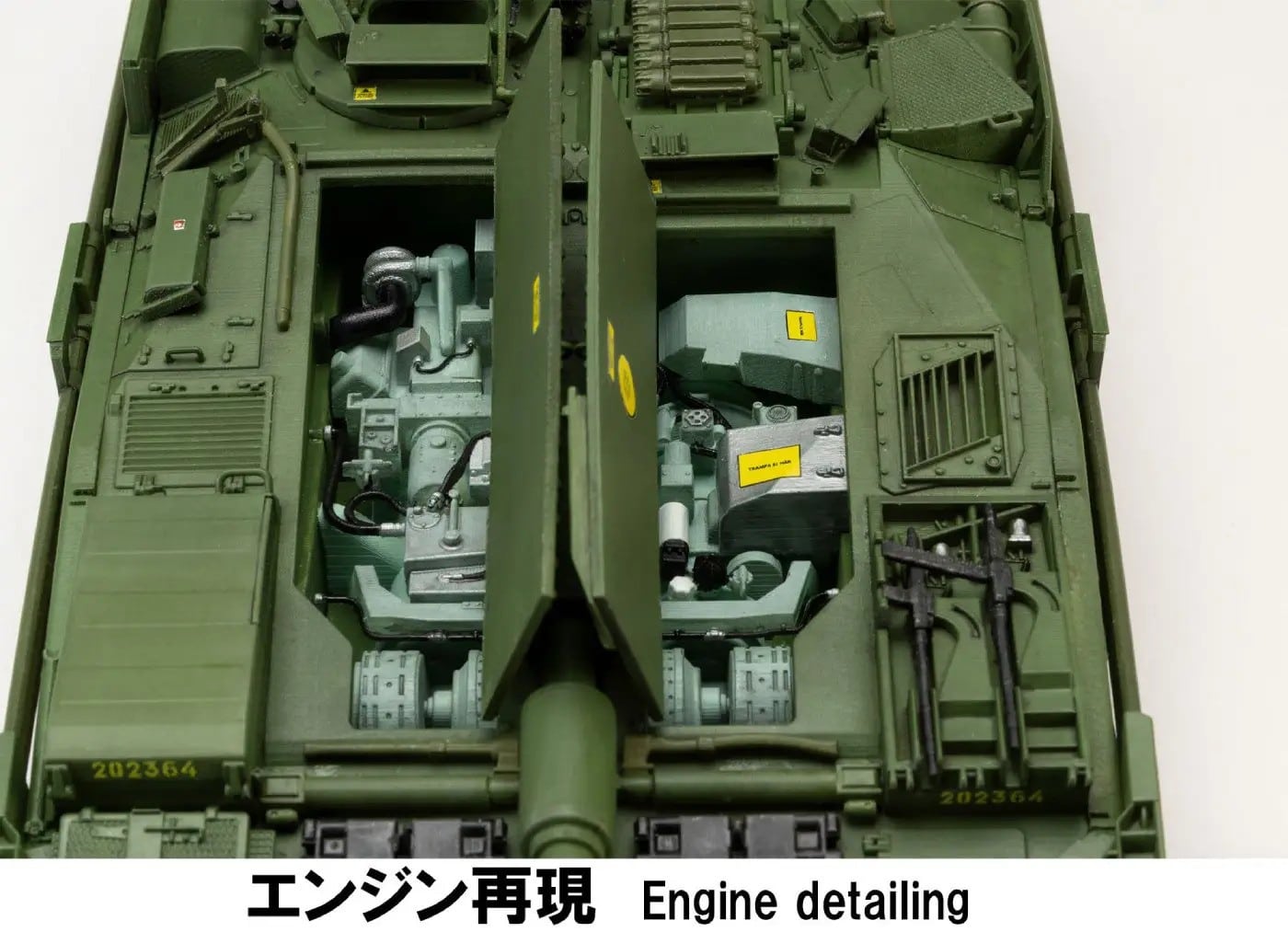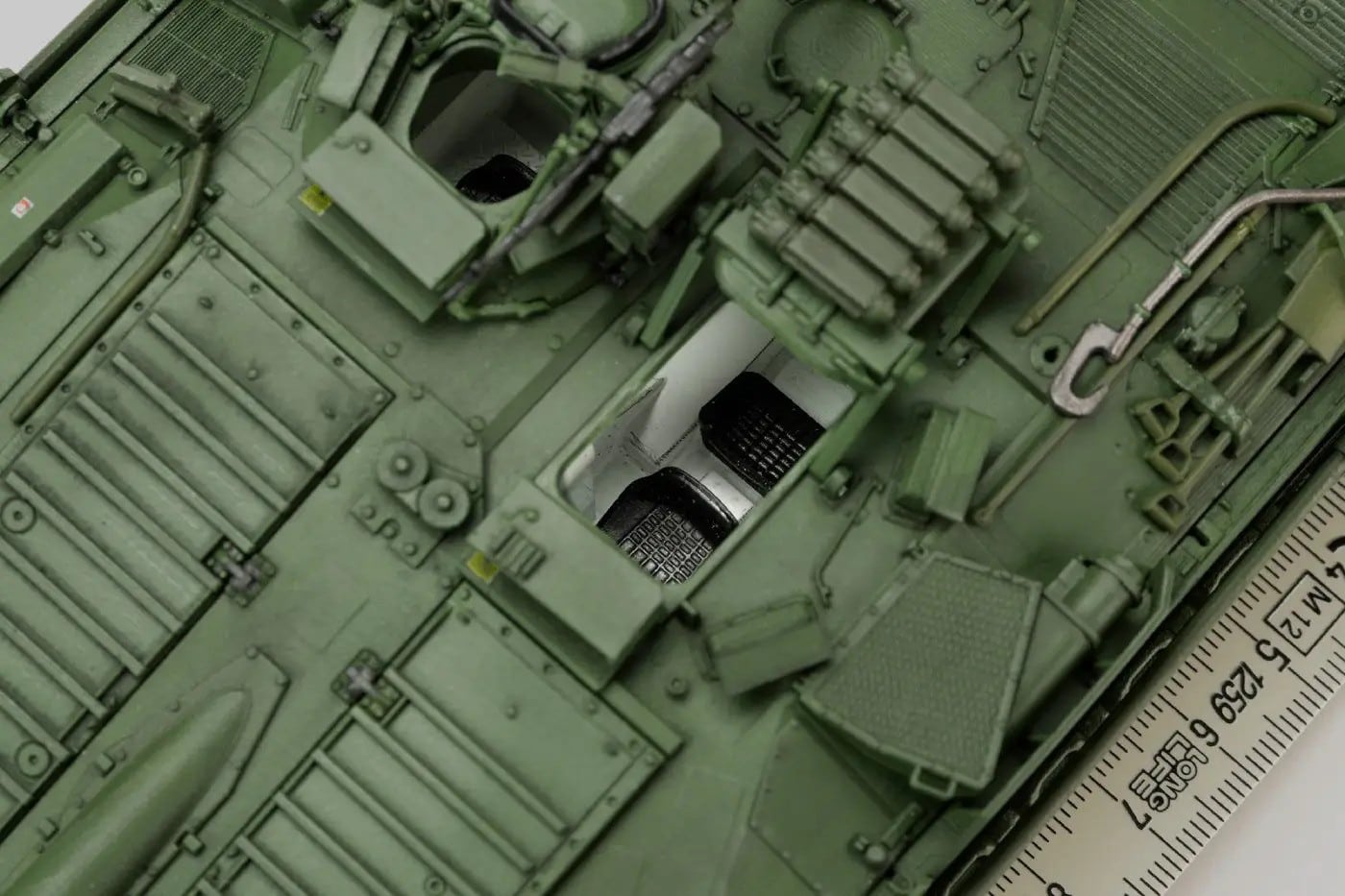The Ultimate Wedge: Hobby Japan’s 1/35 Stridsvagn 103C – Modeling the Turretless Enigma of the Cold War

The Ultimate Wedge: Hobby Japan’s 1/35 Stridsvagn 103C – Modeling the Turretless Enigma of the Cold War
Expert modeler review and news on the Hobby Japan 1/35 Stridsvagn 103C (S-Tank) kit (HJMM008). Discover the “luxurious gimmicks” replicating the tank’s unique hydropneumatic suspension, adjustable height, and opening engine detail. Dive into the history of the Swedish turretless Main Battle Tank, its dual-engine power system, and its crucial role in Cold War defense doctrine. Keywords: Stridsvagn 103C Model, S-Tank 1/35, Hobby Japan HJMM008, Turretless Tank Kit, Hydropneumatic Suspension Model.
In the vast, often conventional world of armor modeling, the appearance of a new tooling dedicated to a truly unique and historically significant vehicle is always cause for celebration. Yet, few subjects elicit the same level of fascination and technical curiosity as the Swedish Stridsvagn 103 (Strv 103), affectionately nicknamed the “S-Tank.” This masterpiece of unconventional engineering, instantly recognizable by its impossibly low, wedge-shaped silhouette and total lack of a turret, was Sweden’s audacious answer to the Cold War threat.
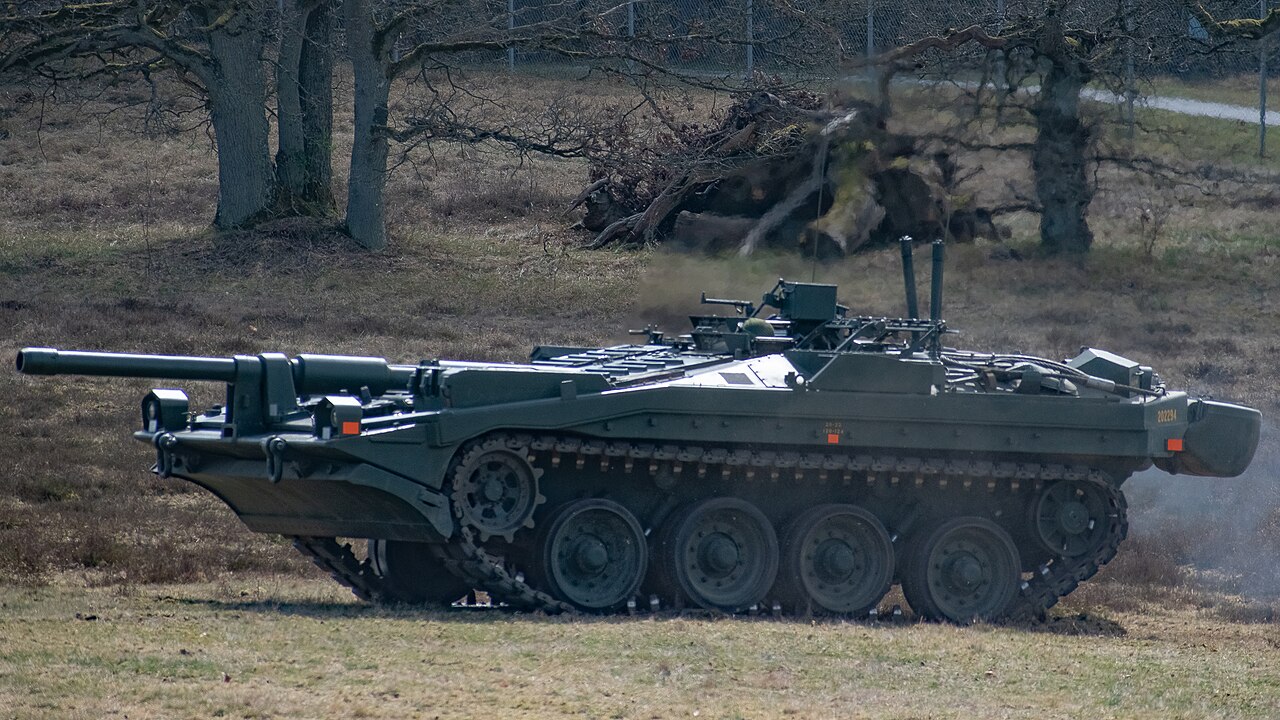
Stridsvagn 103 demonstrating to the public at Regementetsdag (English: Regiment Day) at P7 Revingehed, 24th April 2022. This tank is no longer in use for combat by the Swedish Army since the late 1990s Source: https://en.wikipedia.org/wiki/Stridsvagn_103#/media/File:STRV-103_demonstrating_at_P7_Revingehed,_24th_April_2022.jpg
The news that Hobby Japan is releasing the definitive 1/35 scale Stridsvagn 103C (HJMM008), utilizing an all-new tooling, is a landmark event. This is not a static resin kit or a re-issue; this is a modern, Japanese-engineered plastic injection model that promises to incorporate the vehicle’s most complex and defining mechanisms—what the manufacturer aptly calls “luxurious gimmicks.” Achieving a true-to-life representation of the Strv 103 requires mastering the intricacies of its hydropneumatic suspension, fixed-gun aiming system, and dual-engine setup. This article will serve as an expert introduction to the technical ingenuity of the Hobby Japan kit and the fascinating history of the final evolution of this turretless titan, the Strv 103C.
Part I: The Technical Revelation – Hobby Japan’s Gimmick-Rich Strv 103C
For the 1/35 scale modeler, the success of any Strv 103 kit is measured not just by the accuracy of its dimensions, but by its ability to represent the tank’s unique functionality. The Strv 103 was defined by its moving parts, and Hobby Japan has prioritized these mechanisms in the design of the HJMM008.
Dynamic Suspension and Track Detail
The singular technical challenge of the S-Tank is its gun-laying mechanism. Since the 105mm Bofors gun was fixed rigidly into the hull, the entire vehicle had to be elevated, depressed, and traversed for aiming. This was achieved via an advanced hydropneumatic suspension system, which allowed the crew to tilt the hull vertically (from $-10^\circ$ to $12^\circ$) and traverse it horizontally.
Hobby Japan’s kit boldly promises to replicate this key feature: the model’s height is adjustable, allowing the finished build to be posed dynamically—either hunched low for hull-down defense, raised high for visibility, or tilted for maximum gun elevation. This feature, if well-engineered, elevates the model from a simple static display to a miniature mechanical study.
Complementing this is the inclusion of articulated tracks designed to accommodate the extreme movements of the suspension. Articulated tracks, often presented as individual links or segments, are a preferred feature for expert builders as they allow for realistic track sag and accurate pitch, which is essential for depicting the stressed look of the Strv 103’s running gear during aiming maneuvers.
Engineering Access and Interior Elements
The complexity of the S-Tank’s power pack and auxiliary systems is equally impressive. The kit offers an insight into this by reproducing the engine compartment with opening hatches on both sides. The Strv 103 utilized a unique dual-engine power pack, and while the kit description notes a “simplified interior,” the ability to display the engine bay provides an excellent opportunity for super-detailers to enhance the visual complexity with wiring and plumbing.
Further modularity is provided through the crew access points: both the commander’s hatch and the driver’s hatches can be built opened or closed. This is crucial for adding crew figures and showing off the low profile. The unique configuration of the S-Tank, where the driver also served as the gunner, and the commander was positioned high with superior optics, created a radically different operational environment, which modelers can suggest through the open hatches.
C-Variant Specific Armament and Armor
Crucially, the kit focuses on the final and most capable variant, the Strv 103C. This allows Hobby Japan to include the specific, late-life external upgrades that define the C-model:
-
Working Dozer Blade: The C-model standardized the dozer blade on all units. The kit features a working/posable dozer blade, which in the real tank served not only as an entrenching tool to quickly dig hull-down positions but also as an additional layer of frontal armor.
-
HEAT Ammunition Fence Armor: The kit provides optional parts for the HEAT ammunition fence armor. This slatted or mesh armor was designed to prematurely detonate incoming High-Explosive Anti-Tank (HEAT) warheads before they reached the main hull armor, a tactical addition against Soviet munitions. This optional feature adds a visually distinctive, high-tech look to the finished model.
-
Secondary Armament: The kit replicates the two fixed 7.62 mm machine guns located in the left storage box, ready for use, and the commander’s anti-aircraft machine gun mounting, which further emphasizes the vehicle’s multirole capability.
With over 400 potential parts (an assumption based on comparable high-detail 1/35 kits), and the noted use of Polystyrene (PS), this Hobby Japan kit promises crisp detail, manageable construction, and a final model that accurately conveys the sheer mechanical ingenuity of the Stridsvagn 103C.
Part II: The Doctrine of the Doorstop – History and Engineering of the S-Tank
The history of the Strv 103 is a direct reflection of Sweden’s Cold War doctrine of armed neutrality. Conceived in the mid-1950s under the code name “Alternative S” by engineer Sven Berge, the design was a radical departure from conventional armored warfare. It was designed to excel in the dense forests, difficult terrain, and strategically vital coastal areas of Sweden, prioritizing defensive ambush tactics.
The Unconventional Fixed Gun System
The most striking decision was the elimination of the turret. Berge argued that modern gun stabilization systems of the time were unreliable and that removing the turret offered three decisive advantages:
-
Low Profile: The Strv 103 stands at an extremely low 1.90 meters to the roof, making it difficult to detect and hit when deployed in a hull-down position behind a ridge or embankment.
-
Superior Protection: Removing the turret allowed the armor thickness to be concentrated entirely on the highly sloped, wedge-shaped front hull, giving it an effective Line-of-Sight (LOS) thickness of up to 337 mm against kinetic penetrators of the era.
-
Autoloader Efficiency: The fixed gun allowed for a simpler, extremely efficient autoloader system linked directly to the breech, achieving a blistering reload rate of approximately 4 seconds. The fixed 105mm Bofors L/62 rifled gun was a powerful weapon, firing the same rounds as the British L7, ensuring high lethality against Warsaw Pact armor.
The fixed gun meant the tank was aimed entirely by the hydropneumatic suspension. To fire a shot, the driver/gunner would articulate the entire hull using simple steering controls. This system, replicated in the Hobby Japan kit, allowed for precise micro-adjustments in elevation and traverse, turning the entire vehicle into a massive, highly accurate firing platform when stationary.
The Dual-Engine Power Pack
Under the rear hatches (which the kit allows to be opened) lay another unique feature: the dual-engine system. The S-Tank utilized two different power units mated to a common transmission:
-
A diesel engine (initially a Rolls-Royce K60, later a Detroit Diesel in the C-variant) used for slow, low-power cruising and precise maneuvering in combat.
-
A gas turbine engine (initially a Boeing 502, later a powerful Caterpillar turbine in the B/C variants) used for high-speed road travel, rapid maneuvering, and providing a quick power boost in critical situations.
This complex arrangement provided both the fuel economy and slow-speed precision of a diesel and the high power-to-weight ratio and rapid torque of a turbine, tailored perfectly for the Swedish terrain and its demanding operational profile. The Strv 103C variant notably received an engine upgrade that boosted its total power output to 780 hp, dramatically improving its already impressive mobility.
The Rear Driver and Reverse Mobility
The S-Tank was also designed for extreme survivability. Knowing that quick retreat from an ambush position was vital, the vehicle was equipped with a third crew member—the rear driver—who had a full set of driving controls facing backward. This allowed the tank to rapidly reverse at near-maximum speed (up to 44 km/h), keeping its heavily armored front facing the threat, a tactic that would be extremely difficult and dangerous in a conventional tank. This design decision directly reinforced the entire defensive ambush philosophy of the vehicle.
Part III: The Ultimate Evolution and Legacy of the Strv 103C
The Stridsvagn 103C was the final, and most refined, version of this extraordinary vehicle, incorporating all the lessons learned from two decades of Cold War service. It saw service until the mid-1990s, when it was finally replaced by the German-designed Leopard 2.
C-Model Upgrades and Technological Maturity
The C-variant conversions, completed in the early 1990s, focused on modernizing the tank’s systems to maintain relevance against newer Soviet threats. The key upgrades, many of which are represented in the Hobby Japan kit, included:
-
Integrated Fire Control: The addition of a new, integrated laser rangefinder for the commander’s sight significantly improved first-shot hit probability, leveraging the autoloader’s high rate of fire.
-
Universal Dozer Capability: By making the dozer blade standard on all C-models, the Swedish Army ensured every vehicle could quickly create its own optimal defensive position, a capability that was only optional on earlier variants.
-
Improved Tracks and External Fuel: New tracks provided better traction, while the addition of externally mounted jerry cans and fuel tanks improved operational range and provided a degree of rudimentary spaced armor against lighter threats.
These systematic improvements turned the Strv 103C into a highly optimized defensive machine, a testament to Sweden’s policy of continually upgrading indigenous designs rather than simply replacing them.
The Turretless Legacy
Despite never seeing actual combat—a measure of its success as a deterrent—the Strv 103 holds a unique place in military history. Its radical turretless design and use of hydropneumatics influenced subsequent military designs, particularly in the realm of Self-Propelled Artillery. Its crew training emphasized discipline, positional advantage, and rapid movement, lessons that endure today.
Modeling the Strv 103C is therefore an act of exploring a philosophical stance on armored warfare: the victory of ingenuity and specialized defense over conventional brute force. The vehicle remains a symbol of Swedish engineering brilliance and neutrality.
Conclusion: The Modeling Challenge of the Decade
The Hobby Japan 1/35 Stridsvagn 103C (HJMM008) kit promises to be the definitive modern model of this Cold War icon. By focusing its tooling efforts on the “luxurious gimmicks”—the functional suspension, the posable dozer blade, and the comprehensive access panels—Hobby Japan is offering an unparalleled building experience.
For the expert modeler, this kit provides a complex, rewarding challenge that will culminate in a truly unique armored vehicle replica. It allows the modeler to visually demonstrate the intricate mechanics that made the S-Tank a legend: a low-slung, dual-powered, self-aiming wedge designed for one purpose—to defend the forests and coasts of Sweden against a massive invasion. This kit is a mandatory acquisition for anyone who appreciates the sheer audacity of military engineering.
From Amazon.com

